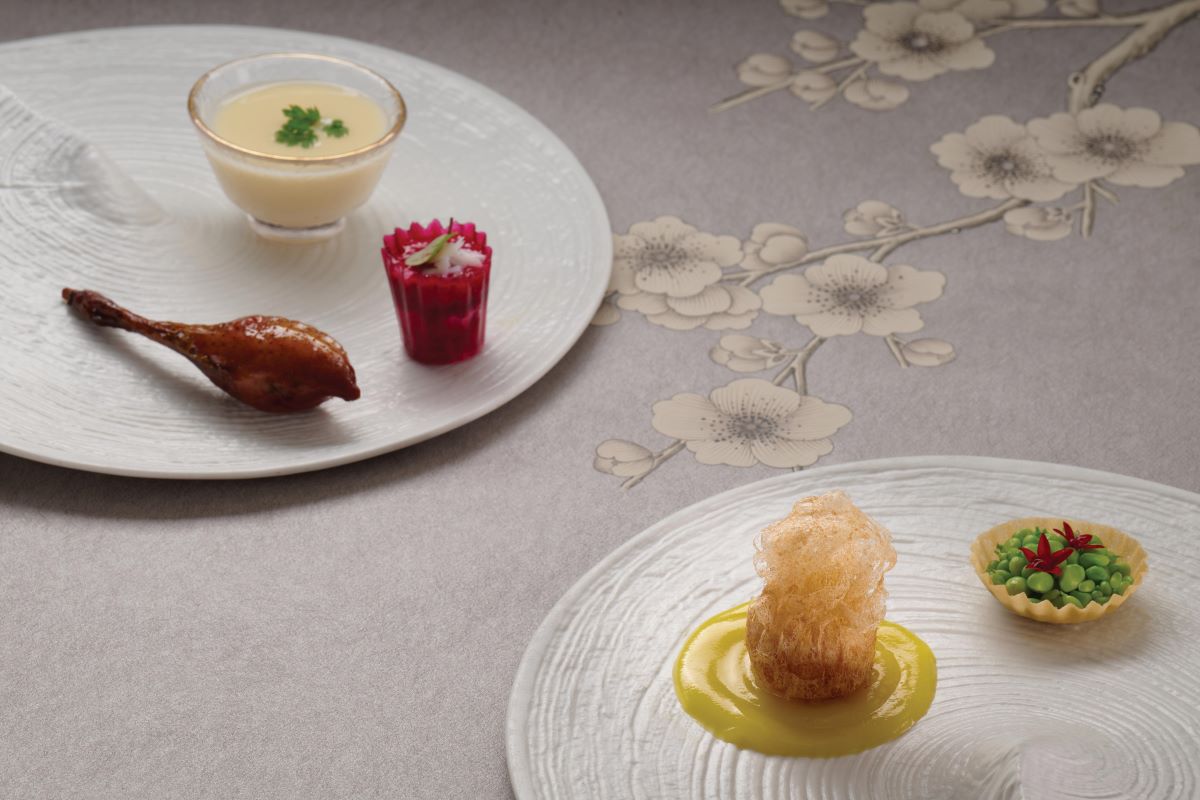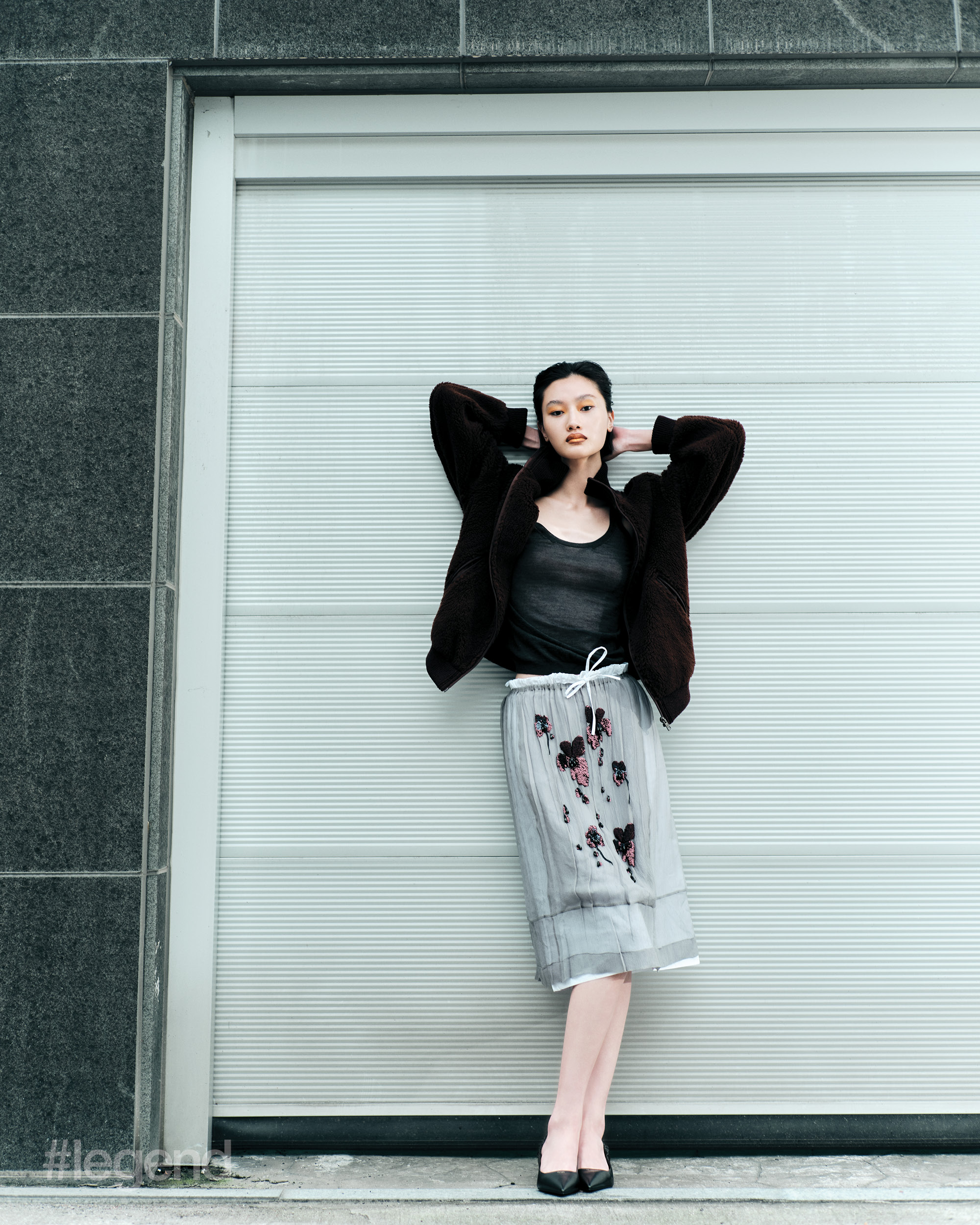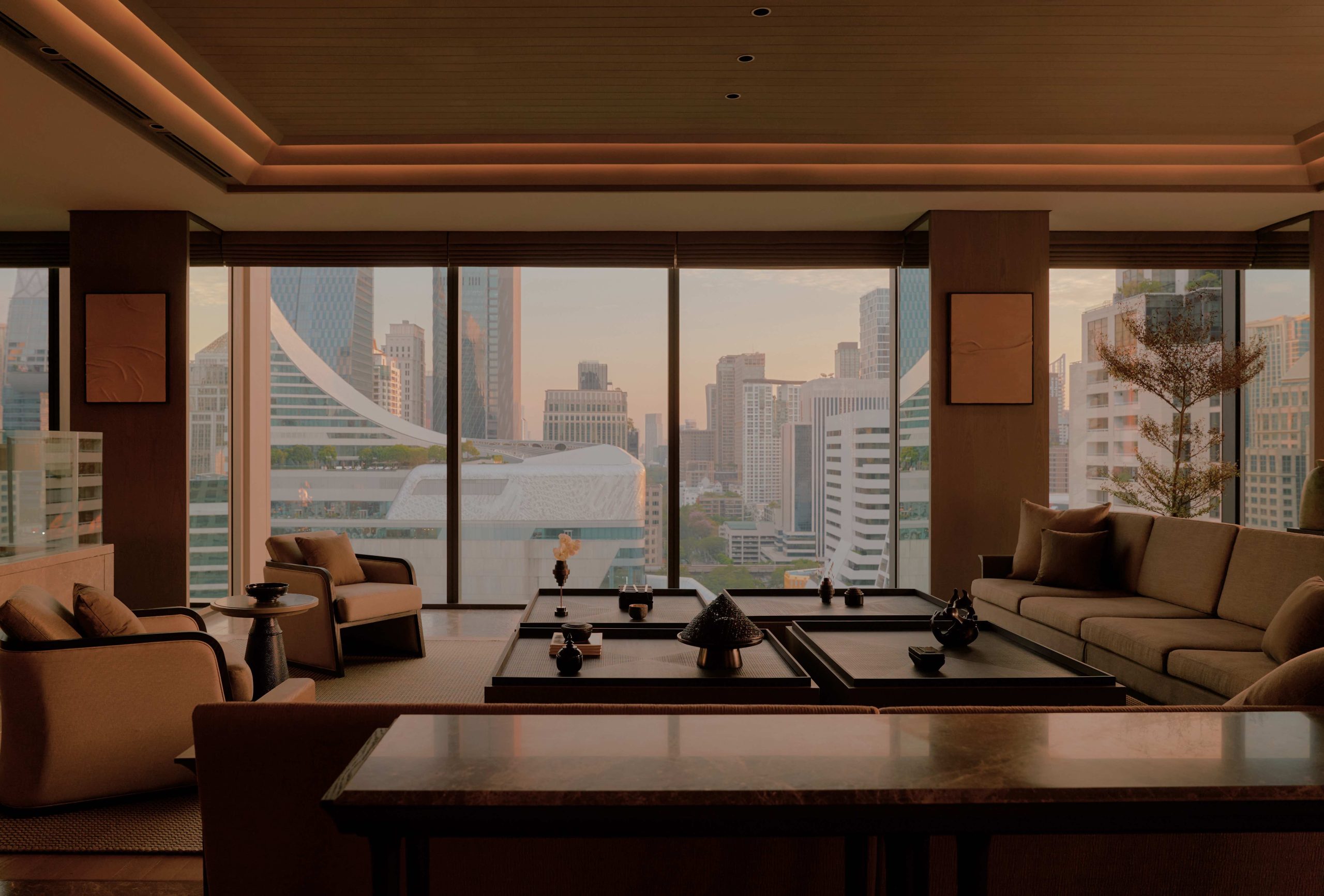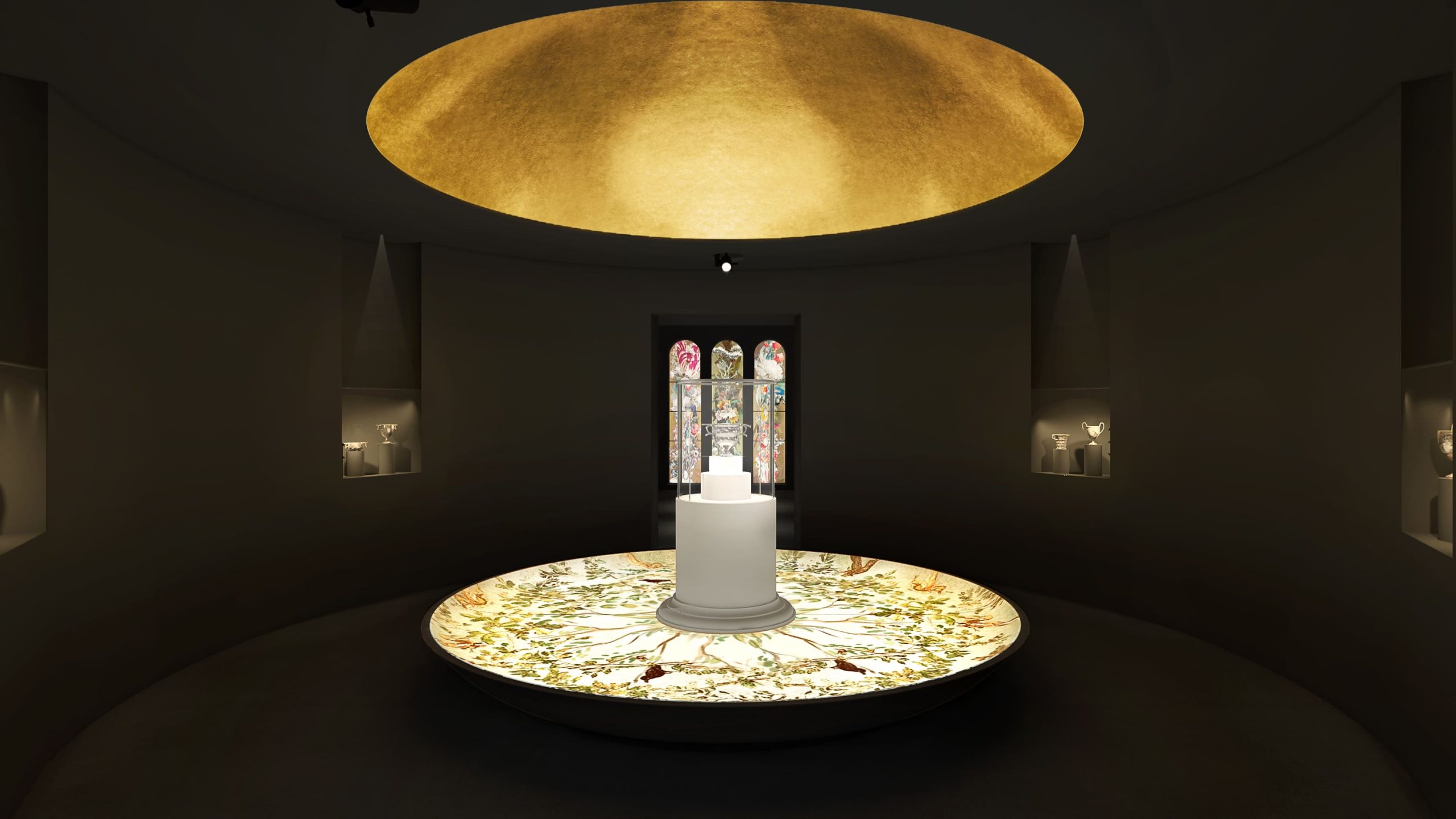As Vestiaire Collective celebrates its 15th anniversary, the pioneering luxury resale platform’s impact shows no sign of subsiding. Co-founder and president Fanny Moizant talks to Tama Miyake Lung about the past, present and future of the leading voice for circularity in fashion
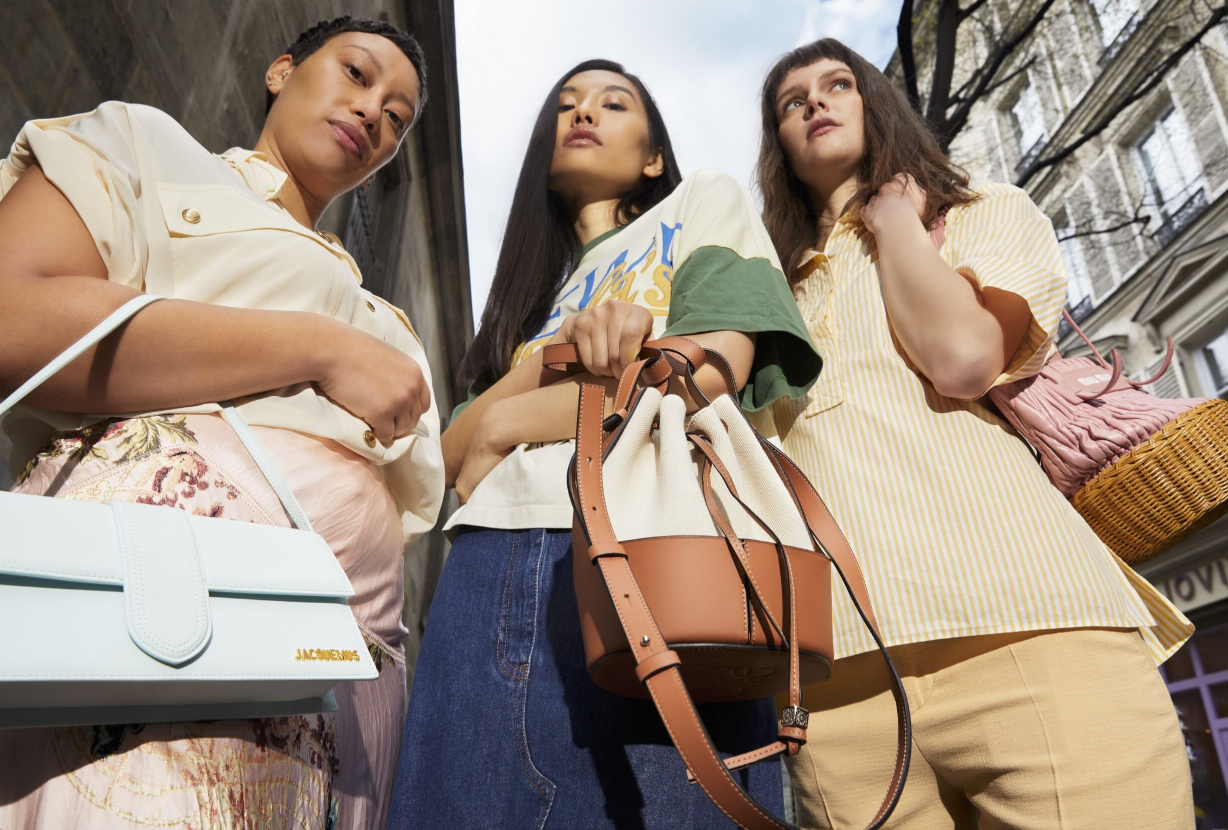
A lot has changed since 2009 – the year Barack Obama was sworn in as the 44th president of the United States; the first cryptocurrency, Bitcoin, was introduced; and the recession-driven rise of fast fashion threatened to decimate the market for high- end designer goods. Fifteen years later, the US is about to elect its 47th president, Bitcoin has risen and fallen and risen back to near all-time highs, and high-end designer goods are enjoying a thriving second life as millions of consumers worldwide join the circular fashion movement.
The transformation of the fashion industry, for one, can be attributed in large part to an innovative startup out of Paris. “When we launched Vestiaire Collective in 2009, many consumers were caught in a cycle of overconsumption, driven by the constant desire for new products. This obsession with buying new often led people to buy more than they truly needed, filling their closets with items that would rarely see the light of day,” says co-founder and president Fanny Moizant. “At Vestiaire Collective, our mission has been clear from day one: to change the way people consume fashion. We aim to awaken a sense of appreciation for these beautiful items that deserve a second life, transforming our perspective on fashion and encouraging more conscious shopping.”
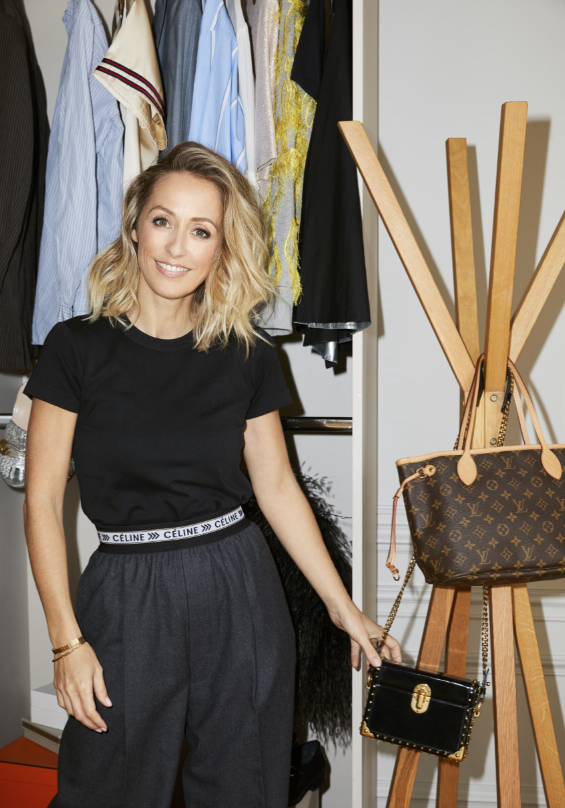
Having grown from 4,000 members to several million buying and selling a staggering amount of pre-loved luxury and designer items – including 2.6 million handbags and 800,000 Gucci items since launch – Vestiaire Collective would appear to be well on its way to achieving its mission. The company has expanded from its single office in Paris to four offices, four physical authentication centres and three digital authentication hubs around the world to keep up with the more than 35,000 new items being added to its platform every single day.
Moizant, who grew up in her mother’s fashion boutiques in France, moved from Paris to London in 2013 to lead the company’s European expansion and then to Hong Kong in 2017 to spearhead its efforts in Asia-Pacific. “Expanding internationally marked a significant turning point, with global markets now representing 85% of our business,” she says. “As fast fashion brands produce large quantities of inexpensive clothing that often ends up in landfills, consumers are increasingly seeking durable, high-quality alternatives for practically the same cost or less. Luxury resale offers an alternative, allowing shoppers to invest in timeless pieces that not only last longer, but also contribute to reducing waste.”
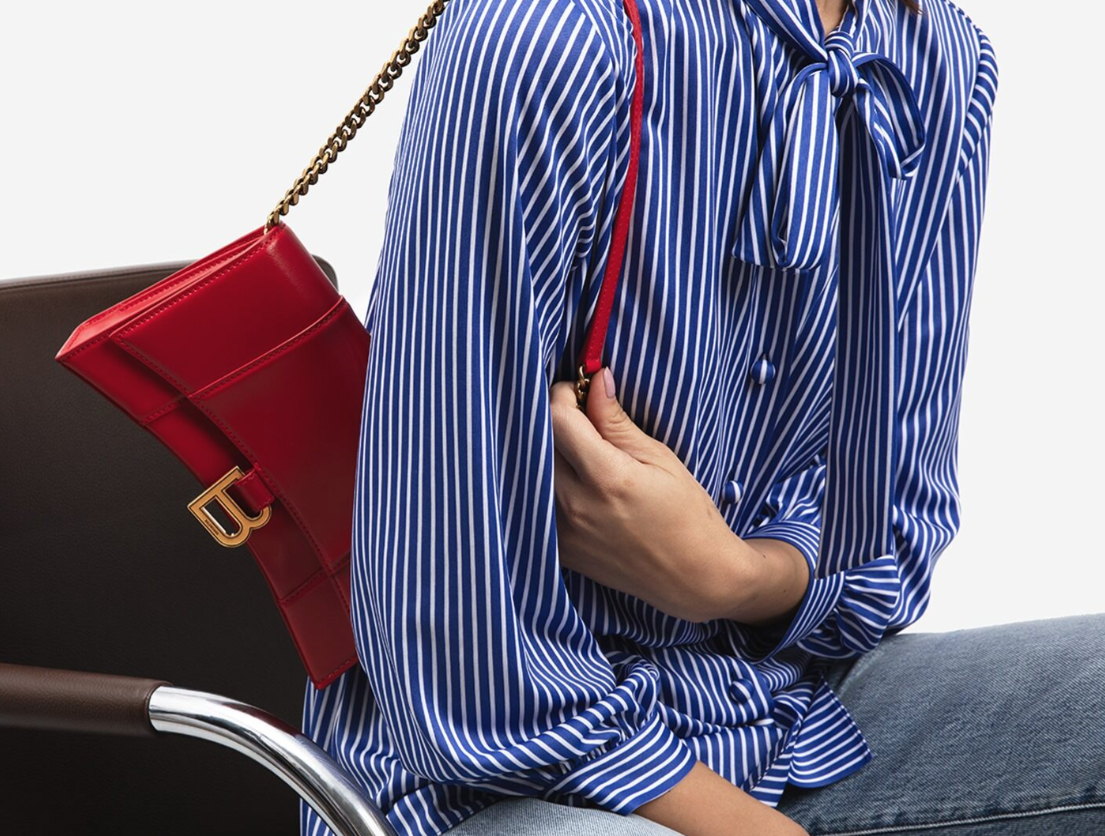
Vestiaire Collective’s commitment to social and environmental responsibility permeates every aspect of the business, a fact that was underscored in 2021 when it earned B Corp Certification. To date, it has avoided around 300,000 tonnes of carbon dioxide equivalent emissions – equal to driving around the world 35,000 times in an average thermal car – and 11.2 million cubic metres, or 4,500 Olympic swimming pools, of water. “And because we’re reducing our carbon intensity, the positive impact we have increases exponentially as we grow,” Moizant says, “meaning we now have a net climate positive impact, without offsetting.”
Also see: Delvaux unearths Elizabeth Taylor’s iconic Le Caprice handbag
Besides preventing around 10 million first-hand purchases, Vestiaire Collective has taken measures to ban 62 fast fashion brands from its platform. “The first wave of the ban was based on social and environmental criteria, such as poor quality, mass production and human rights violations. The second wave introduced Vestiaire Collective’s own definition of fast fashion, focusing on the business model, including factors like pricing versus repair costs, frequent promotions and rapid collection turnover,” Moizant says. “As a result, 92% of impacted buyers stayed with Vestiaire Collective and instead they changed their habits and moved to more premium brands, where they’ll benefit from better quality, better cuts and increased longevity.”

Currently valued at around US$200 billion, the global fashion resale market is expected to grow at a robust annual rate of 15% to 20% – still lagging behind Vestiaire Collective’s revenue growth of 25% in 2023. The penetration of resale within the broad fashion markets, meanwhile, stands at around 6% and is expected to keep growing. Given the outsize demand for luxury resale, it’s no surprise the market has become increasingly crowded over the years. But that, Moizant says, is where trust becomes the differentiating factor.
“Vestiaire Collective has always distinguished itself through its core values: trust, fashion, community and impact – that has guided the company from the start,” she says. “In the beginning, a lot of potential buyers were sceptical about the authenticity of products and the reliability in the secondhand industry. Since inception, we have put trust at the forefront of our priorities by creating the role of authenticator in 2009 and establishing the Vestiaire Collective anti-counterfeiting academy in 2017 in order to uphold our industry-leading standards.”
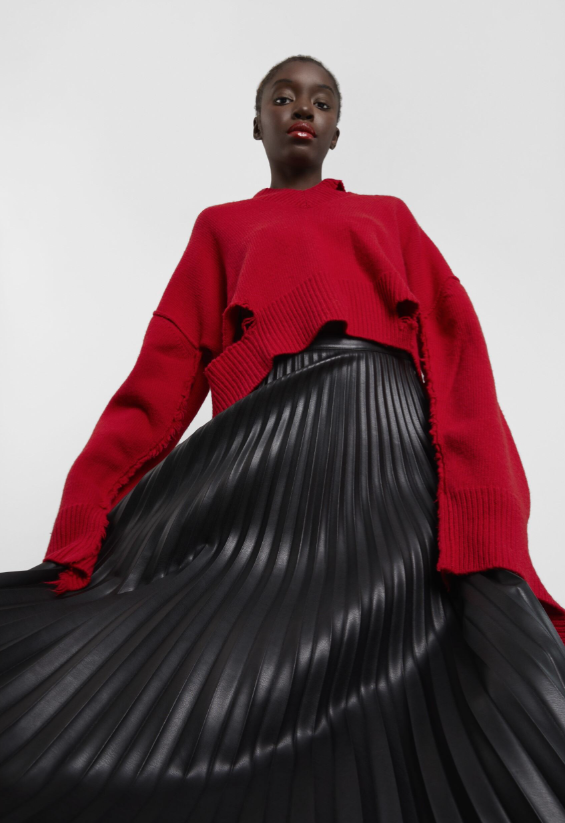
The company employs more than 100 authentication experts –
each with their own speciality – who together have undergone 60,000 hours of training. Another way Vestiaire Collective has built trust is through curation, focusing on sourcing rare or limited-edition items that create excitement and exclusivity. Over the years it has sold a number of coveted Hermès bags, including a Birkin 20 Faubourg in brown alligator for US$178,512.35, a Helmut Newton-photographed Thierry Mugler silk maxi dress from spring/summer 1998 for US$19,500.55 and a pair of Louis Vuitton x Virgil Abloh X408 LED sneakers for US$14,451.76.
Vestiaire Collective has also collaborated with celebrities such as Jessica Chastain and Rosie Huntington-Whiteley to sell items from their personal wardrobes to benefit charity. But perhaps its biggest pop culture moment was its recent starring turn in Netflix’s Emily in Paris, when the character Mindy Chen (played by Ashley Park) sells an item to the platform to pay for her Eurovision dreams.
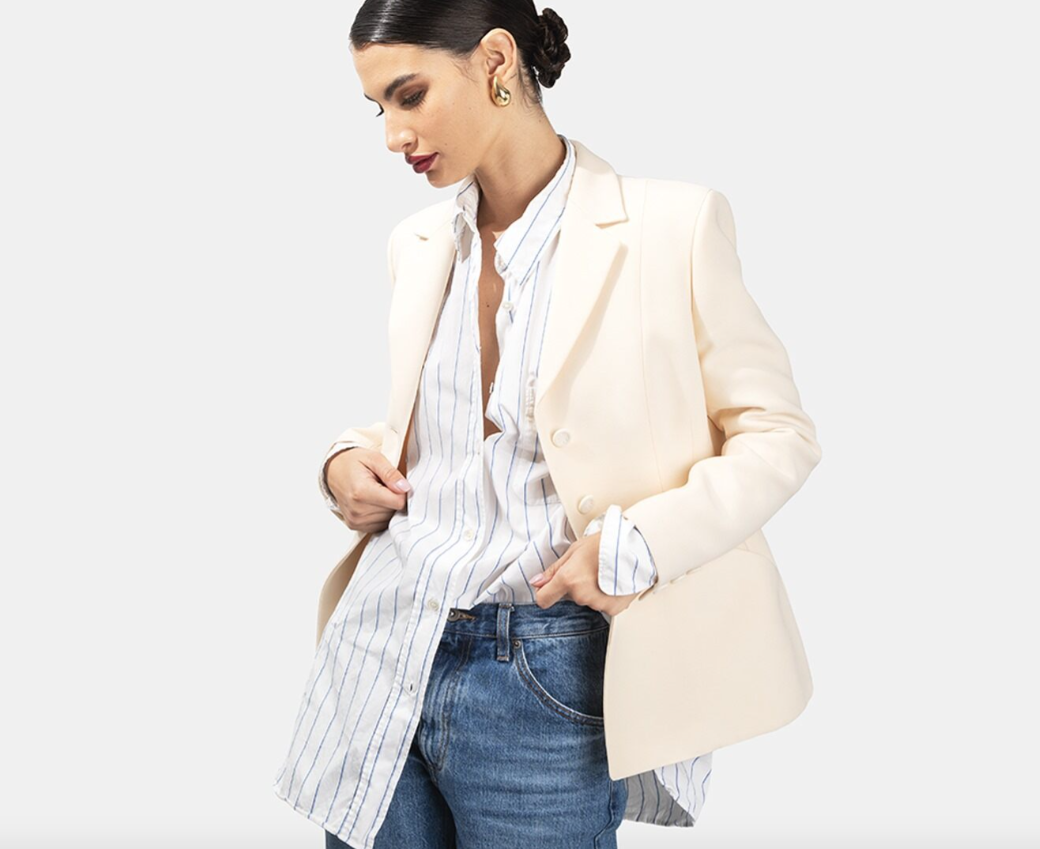
Moizant says it was a strategic move aimed at connecting with a global audience. “The show’s influence in the fashion world made it the perfect platform to showcase pre-loved luxury in a fresh and exciting context, aligning perfectly with Vestiaire Collective’s mission of promoting sustainability through trend- driven, circular fashion” she explains. “By featuring our pieces in such an aspirational setting, we were able to demonstrate that secondhand luxury is just as desirable as brand- new items, reaching new audiences and expanding our community.”
The partnership was so successful – generating a more than 30% surge in global Google searches for Vestiaire Collective and a 42% jump in new sellers in the US alone – that Moizant plans to leverage more such opportunities and celebrity closet sales to reinforce how circular fashion has become an integral part of how people consume luxury.

There’s no denying luxury resale is having a moment and that Vestiaire Collective is its bright, shining star. But for Moizant, this anniversary is a milestone as much for sustainability and slow fashion consumption as it is for the company she created. “Fifteen years in, this celebration is not just about Vestiaire Collective – it’s about the rise of circularity, now one
of fashion’s central topics, making pre-loved fashion more affordable, accessible and desirable than ever,” she says. “As a pioneering tech company, Vestiaire Collective is committed to driving systemic change while expanding its global reach, particularly in the US. The company aims to enhance user experiences, boost community connections and forge innovative brand partnerships, empowering individuals to embrace pre-loved luxury like never before.”
Also see: How a farm-to-closet project empowers women and saves the environment


